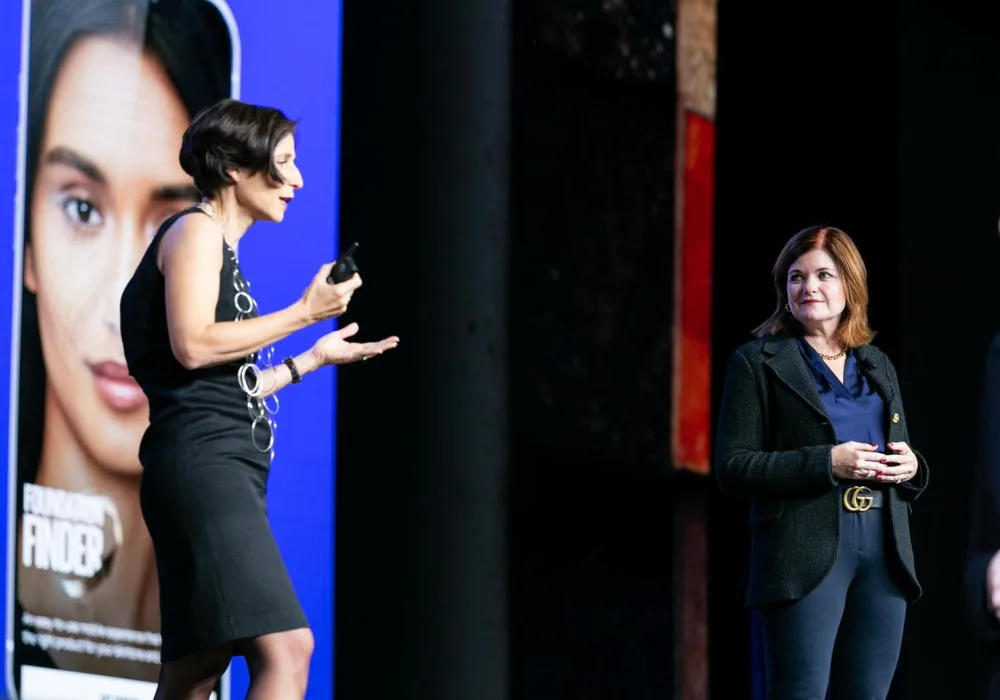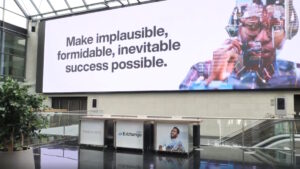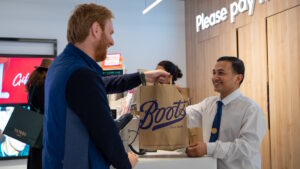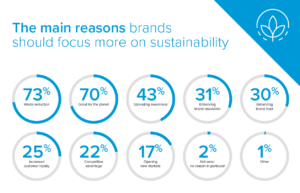Over the past few years, consumers of all ages and backgrounds have embraced the digital world, thanks to the impact of Covid-19. As people have returned back to somewhat normality, this has placed many people in a ‘hybrid’ state of wanting the ease of online experiences coupled with an eagerness to experience elements of the physical world in the same way they used to.
A Sitecore survey found that 46% of people still prefer to shop in-store, while 30% would prefer buying everything online, and around a quarter sit somewhere in between the two.
In this world of varied preferences, brands are tasked with having to find a way to meet customer demands and deliver the right experience, wherever that customer feels most comfortable. They have to do this while ensuring they differentiate themselves from their competitors, and make their marketing representative.
One of the best ways for brands to overcome those challenges is to embrace new content strategies, according to Sitecore Chief Marketing Officer, Paige O’Neill. And that’s something that L’Oréal has been keen to do.
A content explosion
“[There is] this pivoting from product-focused to more experience- and consumer-focused,” said Anne Guichard, Global Head of Digital Programs at L’Oréal, speaking at Sitecore Symposium 2022. “We are experiencing an explosion of content needs.”
This “explosion” is being driven by the complexification of the consumer journey, the need to personalise content to consumers, and the increasingly diverse world we live in today, according to Guichard. And it’s very evident within L’Oréal’s own content portfolio.
The world’s largest cosmetics company boasts 600 websites in 80 countries, which welcome one billion consumer visits on 2.2 million content assets across 35 brands.
“Whatever the consumer journey, they all converge to our own websites. This is the place we own. This is the heart of our brands,” said Guichard. “We had this challenge of finding a good balance between a very robust solution, providing security, providing performance, and the consistency of our brand across 80 countries. But, at the same time, having the ability for our brands to build their own space, and for countries to adapt the content and adapt the service every day.”
The future of beauty
L’Oréal is focused on guiding the consumer through its content and experiences, while ensuring there are fun, interactive elements. For example, the beauty brand has technologies in place that can analyse skin to find the right product for consumers, as well as virtual try-on features for make-up and hair colouring products.
This use of technology is something that L’Oréal wants to continue building on into the future – a future where it sees predictability and immersivity at the heart of what it does.
Guichard described predictability as being able to provide consumers with the right product recommendations by “gathering as much knowledge as we can on skin aging and hair aging”.
L’Oréal took its first steps toward this earlier this year when it announced a strategic partnership with Alphabet’s life sciences division, Verily. The pair have been working on discovering the links between exposome, skin aging, and deep biology of skin, as well as exploring the development of new technologies for dermatology and skincare.
When it comes to immersivity, YSL Beauty – which is owned by L’Oréal rather than the fashion house – last year launched the ‘first’ in-store fragrance finder that provides recommendations based on emotions. Using a neuro-connected headset, the Scent-Sation experience creates a profile of the consumer by recording how they react to various fragrances, and uses this to provide recommendations.
L’Oréal’s work with Verily, and its YSL experience, are both Web2. However, the brand has also tested the waters of Web3, with YSL Beauty launching an NFT.
L’Oréal worked with Wunderman Thompson and Arianee to deliver tokens to 24,000 people, providing these consumers with access to exclusive services and utilities from YSL Beauty.
“With have the right page to add a third offering. It’s not only offline and online, but it’s also on-chain. And, of course, that opens the door to the metaverse,” Guichard concluded.












